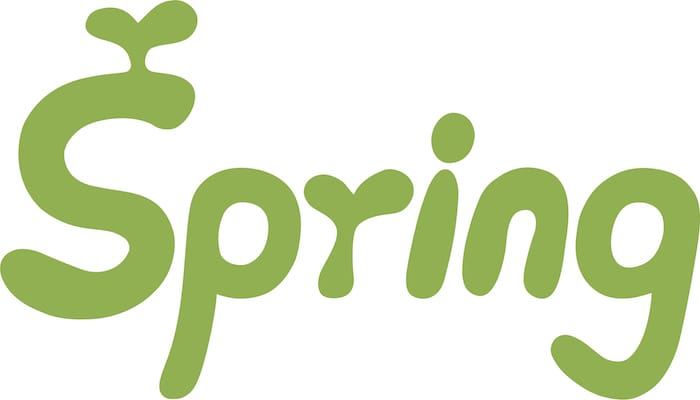Types of Fishing Lures - Spinnerbait
Description:
Spinning baits have this name from one or more metal blades that spin like propellers during their motion, producing varying degrees of flashes and vibrations that mimic preys such as small fish. The spinner baits get their name from one or more metal blades shaped so as to spin like a propeller when the lure is in motion, creating varying degrees of flash and vibration that mimic small fish or other prey. The two most popular spinner lures are "in-line spinner" and "safety pin" spinners, others such as "tail spinners" also exist. Spinners are primarily used to catch predatory fish such as freshwater bass, pike, and saltwater bass.
Spinner blades mainly activate a special sensory organ called the lateral line system (also known as the lateral line system (LLS) or the lateral line organ (LLO), which is a sensory organ system found in fish that is used for device movement, vibration, and water pressure changes in the surrounding water). The lateral line system enables the fish to "touch" and "feel" objects at a distance. Most fish have a good sense of touch and can sense subtle changes in the flow of water around the bait, as various vibrations may alert the fish to approaching danger, or sense the location of prey.
Spinning sequins can also imitate the fish's prey to other fish senses by creating sound waves in the water (hearing) and flashes of light in the water (sight).
The producing technique of lead head of spinner bait is pressure casting(压铸), because lead powder is solid powder, not liquid as plastic. Solid powder needs pressure casting, and liquid plastic needs injection.
Click here to watch a video of SPINNERBAIT example on Youtube - 1.
Click here to watch a video of SPINNERBAIT example on Youtube - 2.
Types of Spinner Spinners:
1. Single Blade Spinner Baits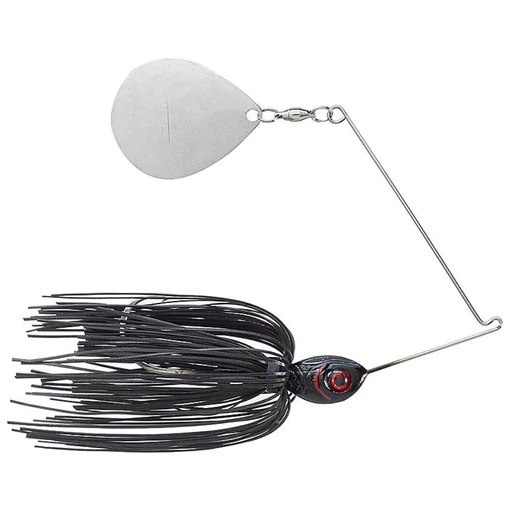
2. Double Blade Spinner Baits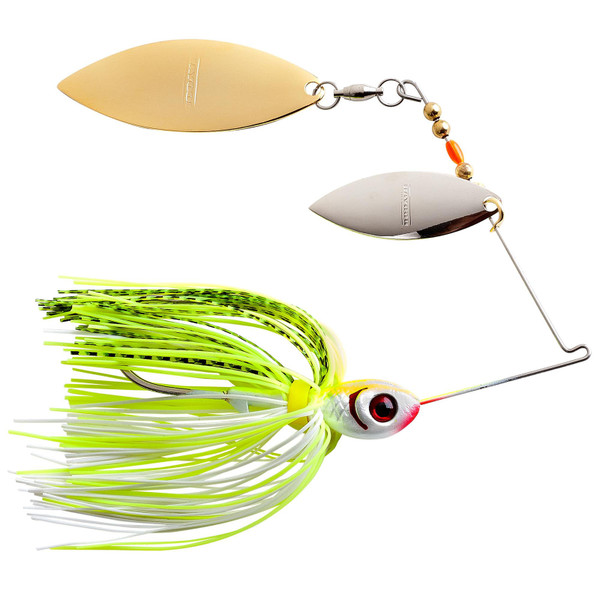
3. Multi Blade Spinner Baits
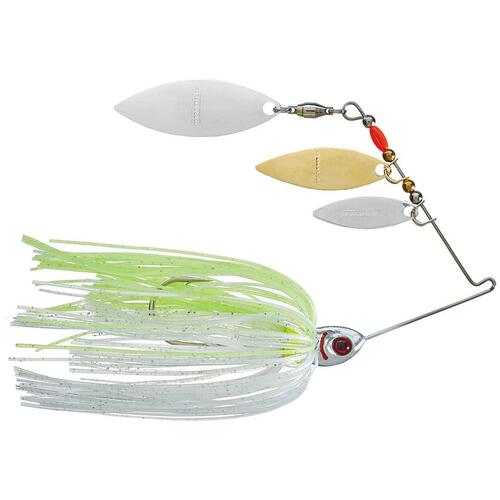
4. Twin Arm Spinner Baits
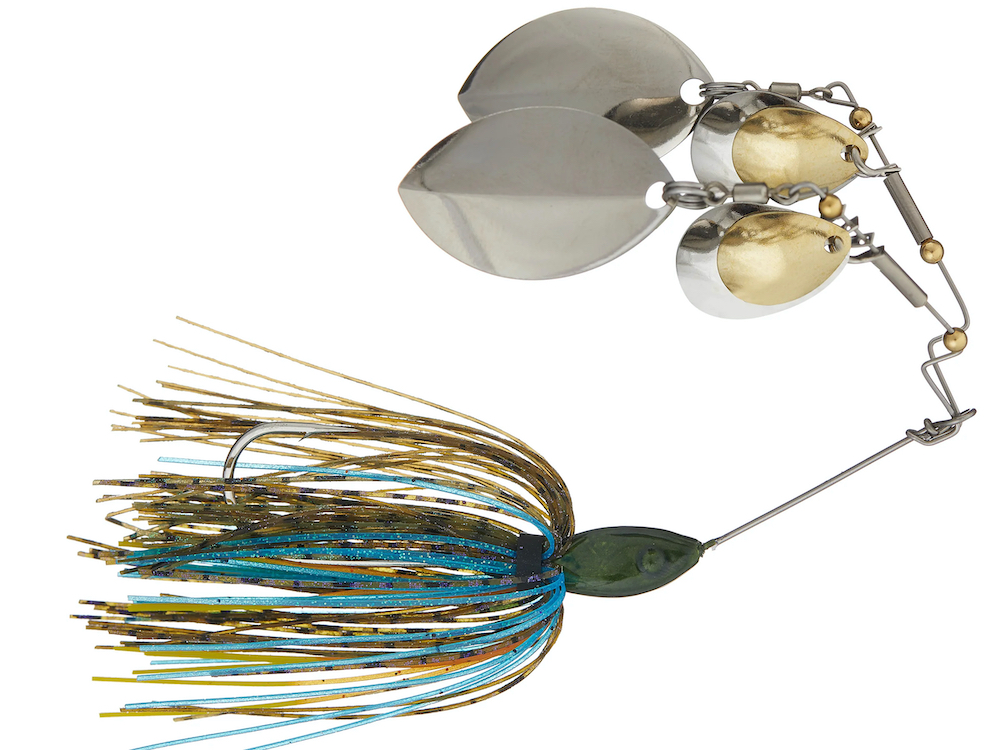
5. Inline Spinners
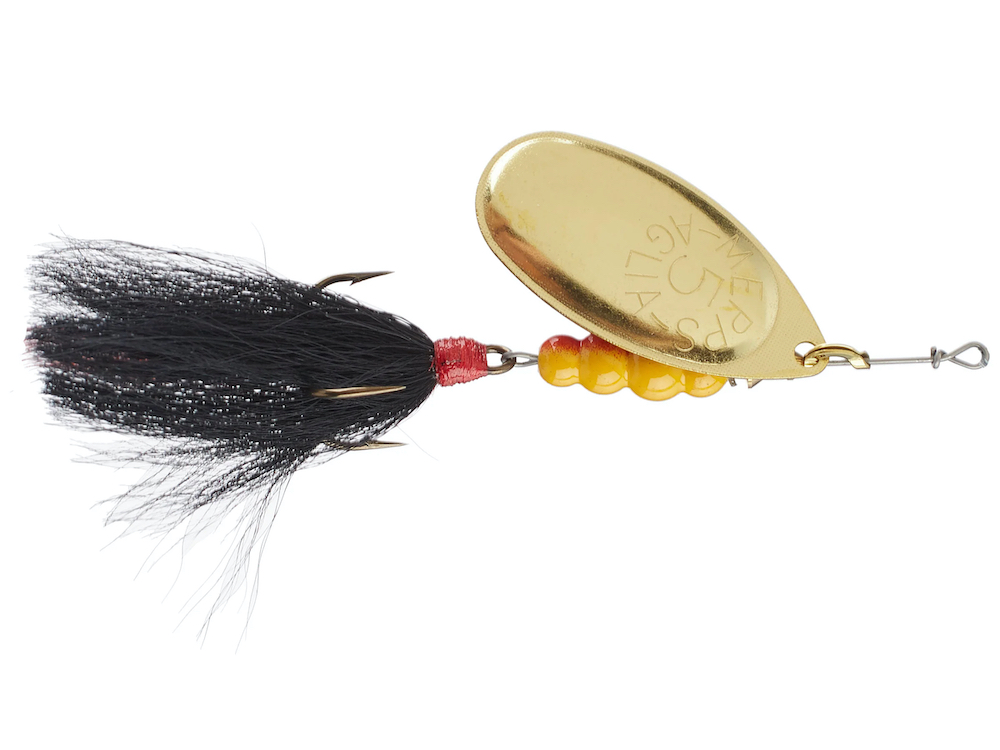
Above pictures are from public sources, revision of content will be processed if violating any rights.
